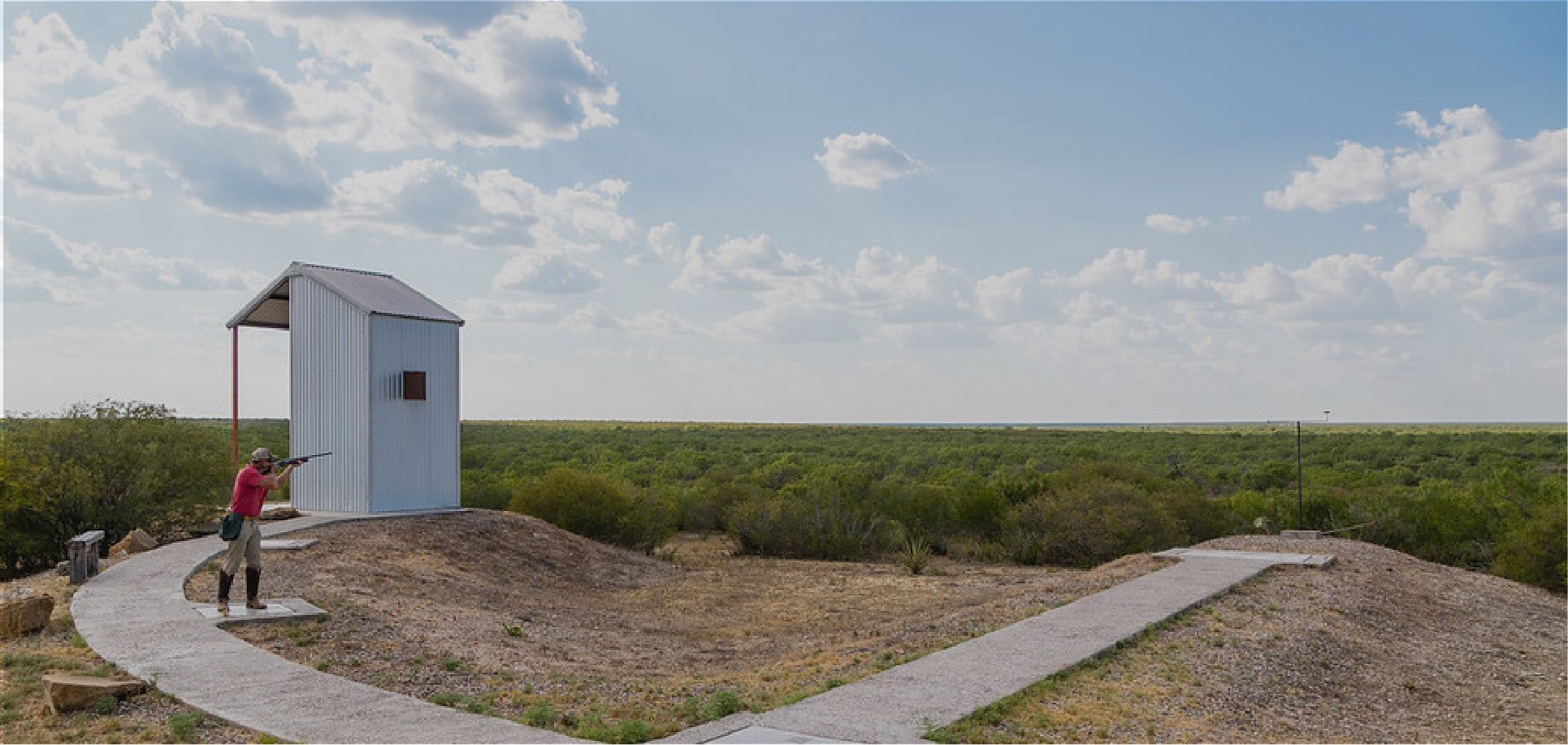On Larry Ellison’s island Lanai, a surprise tourist activity: Hunting
– Story by Christine Hitt, as seen in SFGate –
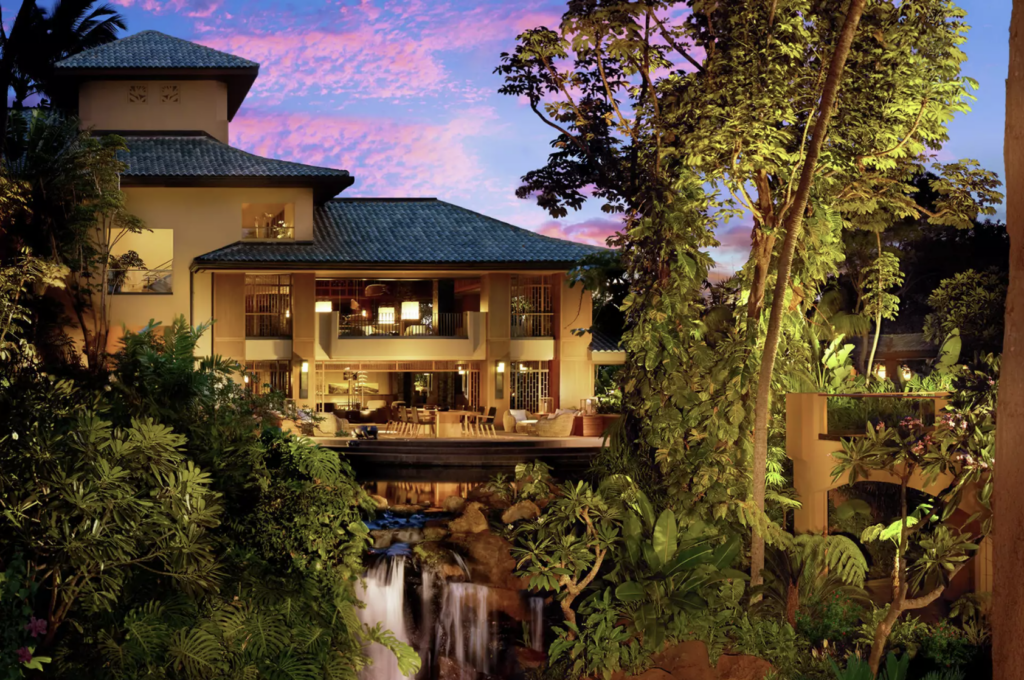
In the early hours of the morning, camouflaged hunters congregate in the lobby of a Four Seasons Resort on the island of Lanai. It’s not a sight most people expect to see in Hawaii, especially at tech mogul Larry Ellison’s wildly expensive resort, but it’s actually not that unusual.
The group is waiting for their hunting guide to pick them up in a truck. Over the next day or two, they will stalk one of two of the island’s nonnative animals: axis deer or mouflon sheep.
“It’s a huge sport here in Hawaii in general, which most people don’t know, specifically on Lanai for sure,” Jonathan Dubin, managing partner for Lanai hunting outfitter Pineapple Brothers, told SFGATE. For the past five years, Pineapple Brothers has operated guided hunts, in partnership with High Adventure Company, on the private land owned by Ellison. Its clientele is mostly from the continental U.S., but it gets roughly 25% of its bookings from Hawaii residents.
Dubin said Hawaii offers a unique hunting experience when compared with other locations in the U.S. On Lanai, people can hunt all year on private land in a tropical paradise. It’s appealing, too, because the hunting trip can be turned into a family vacation. The hunts start first thing in the morning and right before dark, which leaves the afternoon open to spend time with family.
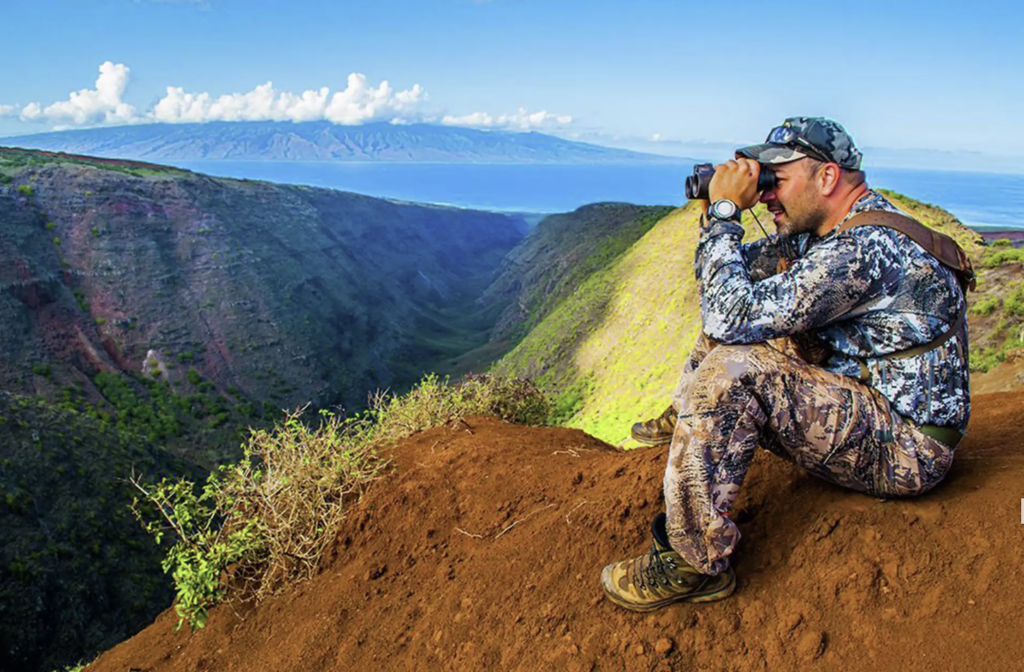
“This is an easy trip to convince a non-hunting spouse to tag along to,” Drew Burrell, director of operations for High Adventure Company, told SFGATE. “If I tell her I’m going to Hawaii to shoot an axis [deer] and we’re going to stay at the Four Seasons, I don’t know many people that are going to say, ‘Oh no, please, I don’t want to go.’”
Though hunting has become a tourist draw, it’s also popular among locals. On Lanai, the state leases 30,000 acres from Ellison’s land manager, Pulama Lanai, for public hunts.
All of the hunts help spur the Lanai economy, but they have a bigger purpose with environmental conservation efforts. “One of the main reasons we do this is to manage the resources of the animal populations, keeping in line with the ecosystem that it can sustain,” Shane De Mattos, wildlife biologist for the state of Hawaii, told SFGATE. He manages the public hunting program for the district of Maui, which includes Maui, Molokai, and Lanai.
According to De Mattos, 95% of hunters using public land are Hawaii residents, many coming from Oahu, and they are chosen through a lottery system.
There are no predators
On Lanai, it’s not unheard of to have to stop in the road as an entire herd crosses. It’s estimated there are between 25,000 and 30,000 axis deer spread across Lanai’s roughly 90,000 acres, where there are no predators.
Native to India, the axis deer were introduced to Hawaii in 1867 and released on Lanai in 1920. The European mouflon, a wild sheep, were introduced to Hawaii, including Lanai, in the 1950s. Both mammals have high reproductive rates, so their populations grow rapidly.
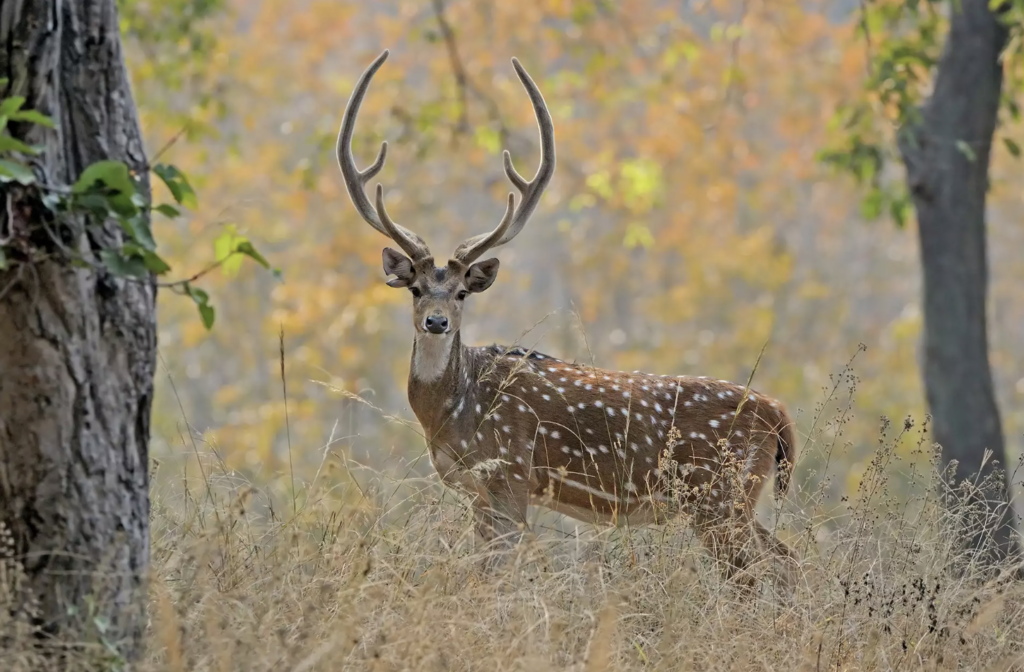
Together, they destroy vegetation and native plants, which leads to extreme erosion and rainfall runoff to the ocean. The island’s wahi pana (sacred legendary place) of Keahiakawelo, aka Garden of the Gods, is a good example of this, where grazing animals have stripped it bare. The animals also put drivers at risk of car crashes.
“Back in California, or anywhere else, if you have a deer population, you have coyotes, mountain lions and stuff like that that kind of help keep the numbers in a biological check, so to speak,” Dubin said. “Here, there’s none of that. It’s only hunters that manage and that have the effect to keep the numbers down, so hunting plays a very vital role in the ecology of the island, specifically with the deer.”
Hunting as a tradition
Born and raised on the island of Lanai, Alec Pascua thinks of hunting as part of the island lifestyle. “It’s all about putting food on a table,” he told SFGATE.
Pascua started hunting birds at the age of 8 and has been a professional guide for the past 33 years. He worked under Lanai’s former majority owner Castle & Cooke and now works with Pineapple Brothers after Larry Ellison took ownership.
He learned to hunt from his father, and he is carrying on the tradition with his wife and kids, who hunt together.
Hunting as a tradition is common among Hawaii families. In 2018, the Hawaii Division of Forestry and Wildlife surveyed 1,198 hunters and found that 36% of them said hunting was a family tradition. The vast majority of them, 63%, said the reason they hunted was to “acquire wild game meat” that would last several meals.
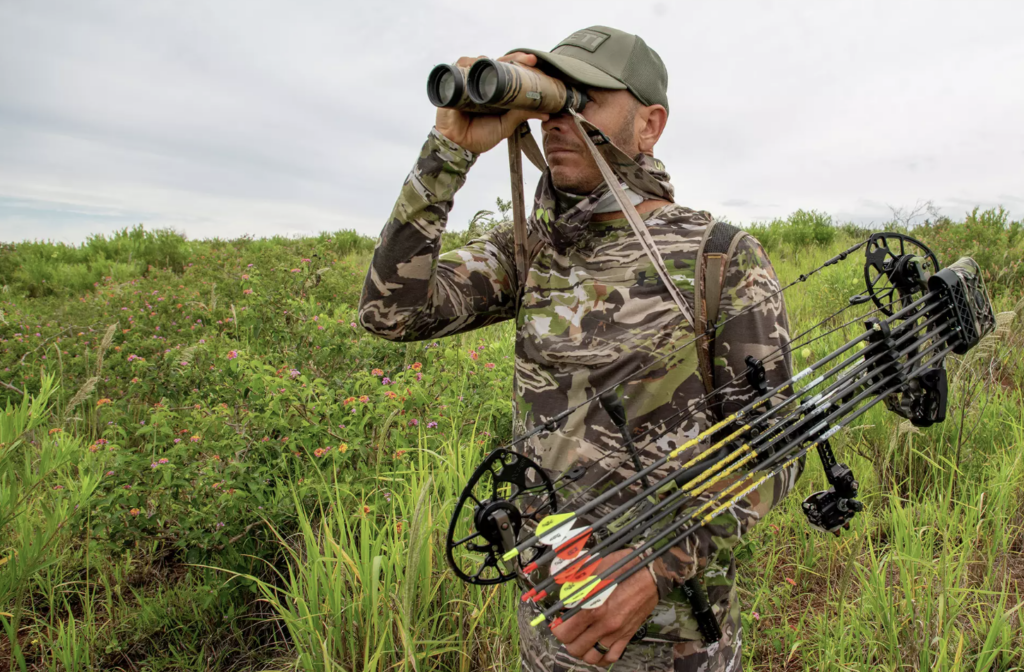
“It’s a tradition that’s been passed along from generations. Back in the day, you know, that’s how people survived, and we’re talking, you know, 200 years ago. That’s a tradition ingrained in our society, you know; people use it for subsistence to feed their family, their friends, their community,” De Mattos said.
When the hunts are done, Dubin said none of the meat from the guided hunts is wasted. It’s taken to a local butcher, who preps it into different cuts and freezes it so the guests can take it with them on a plane or send it to their homes at a later time.
“It’s a good experience for out-of-state people for sure. No doubt it’s a positive thing for the island. … The hunters, they rent places to stay, vehicles, [dine at] the eateries. I’d say it’s a good thing for the economy,” Pascua said. “You always could hear both pros and cons, but I think, for the majority, hunting is generally accepted here.”
Click below to subscribe to SFGate’s newsletter for more great articles like this one!


